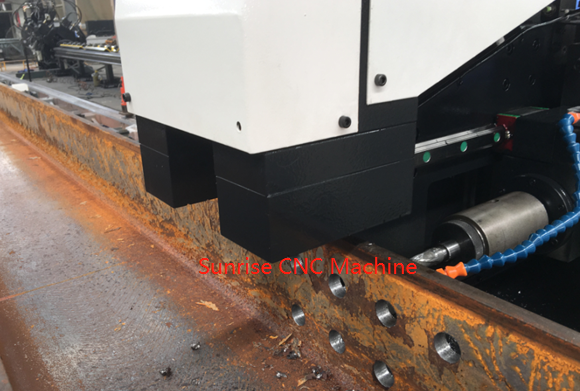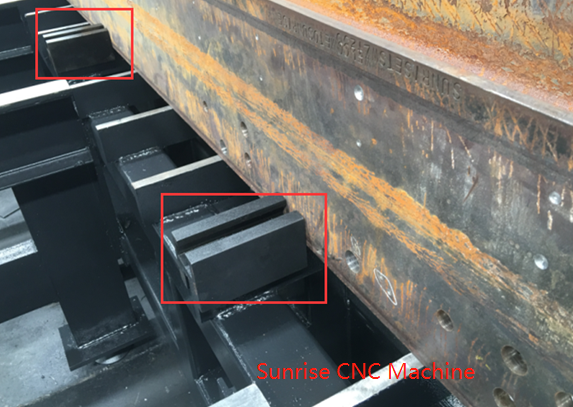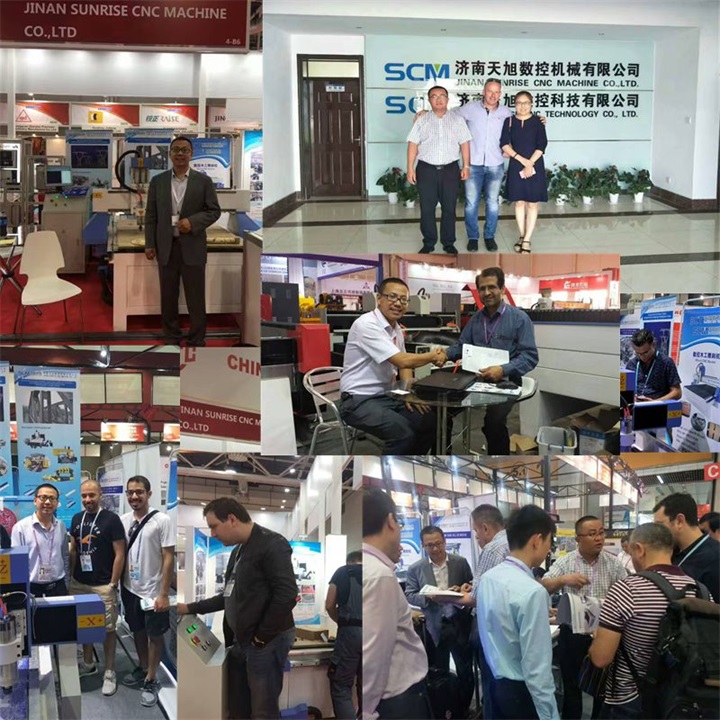How to avoid cavitation damage and flash evaporation damage of pneumatic control valve
In the use of pneumatic regulating valves, cavitation and flashing are two common phenomena, especially when the pressure difference is large. Cavitation and flash evaporation can seriously damage the sealing surface of the regulating valve, causing leakage of the sealing surface of the regulating valve, and even loss of adjustment capability. Therefore, the pneumatic control valve must be designed according to the technical requirements at the design stage. So, what are some ways to avoid cavitation and flashing of pneumatic valves?
1, consider from the pressure
The fundamental method of avoiding cavitation is not to allow the differential pressure of the valve body component to exceed the maximum allowable differential pressure. The maximum allowable pressure difference is represented by ΔPT
ΔPT=KC(P1-PV), (4)
Where P1 is the pressure before the valve (kPa); KC is the cavitation coefficient, KC value varies with the type of medium, spool shape, valve body structure and flow direction, the larger the aperture, the smaller the KC, under normal circumstances, KC = 0.25 ~0.65.
In order not to make the valve body parts work under cavitation conditions, it is necessary to make ΔP<ΔPT. If it is necessary to make ΔP>ΔPT due to the process conditions, more than two valve body parts can be connected in series to distribute the pressure difference between the two valve bodies. On the part, the pressure difference ΔP of each valve body part is less than ΔPT, so that cavitation can be avoided.
It must be pointed out that when ΔP < 2.5 MPa, even if cavitation occurs, the damage to the material is not serious. Therefore, no special measures need to be taken. If the pressure difference is high, we must try to avoid and solve the problem of cavitation. If the diagonal valve adopts side-feed fluid, the spool life will be longer than the bottom fluid, because the direct destruction of the sealing surface is avoided. In addition, installing a restriction orifice behind the valve before the valve can also absorb some pressure drop.
2, consider from the material
Under normal circumstances, the harder the material, the stronger the anti-corrosion ability, but so far it has not found a material that resists severe cavitation for a long time without being damaged. Therefore, in the case of cavitation, it should be considered that the valve plug and valve seat can be easily replaced. At present, from the perspective of anti-cavitation corrosion, the materials used to manufacture valve plugs and valve seats are the most widely used at home and abroad. They are titanium alloys, hardened tool steels, and cobalt-tungsten alloy steels. Special surfaces are hardened. When Stellite alloys are used, surfacing and spray welding can be performed on these stainless steel substrates to form hardened surfaces. According to different conditions of use, the hardened surface may be limited to the seat of the valve seat, the valve plug and the valve seat, or the entire surface or the spool guide.
3, from the structural considerations
Specially designed valve plugs and valve seats can be designed to avoid cavitation damage. The basic principle is that when the high-speed fluid passes through the valve core and the valve seat, each point is higher than the saturated vapor pressure at this temperature, or the liquids themselves collide with each other, causing high-speed turbulence between the flow paths and the valve body components. The kinetic energy of the liquid becomes thermal energy due to friction, so the formation rate of bubbles is reduced.
(1) Using step-by-step pressure reduction principle, the total pressure difference of the valve body parts is made into several small pressure differences, step by step pressure drop, each level does not exceed the critical pressure difference.
(2) Use the principle of porous throttling of liquid flow to reduce the occurrence of cavitation. The feature of this type of valve body part is that there are many special shaped holes in the wall of the sleeve of the valve body part or the valve core. When the liquid is injected from each small hole, it collides with each other at the center of the sleeve. On the one hand, it consumes energy due to a collision and acts as a buffer; on the other hand, the collapse of the bubble occurs in the center of the sleeve, thus avoiding Direct damage to the spool and sleeve.
Single Spindle H Beam
Drilling Machine
Applicable industry:
Used for the drilling
processing of H-shape steel, box beam, angle steel and channel steel of steel
structure,
bridge, three dimensional garage and petrol platform.
Product
feature:
1. PLC systems, LCD
screen display, programming Microsoft based on WINDOWS platform, fast and
convenient programming, and visual previewing.
2. Main
machine, hydraulic pressure, electric components are famous products domestic
and abroad.
3.Equipped with
automatic feeding system, which will clamp and feeding material into machine
automatically.
4. Double linear guides`
infeeding, precision much higher and more stable.

The Pressure Blocks

Hydraulic clamps

The pressure blocks with high pressure force, make
sure with the tooling together fixed the workpiece tightly. Operation is very
easy.

FAQ
Q: Are you trading company or manufacturer ?
A: We are professional manufactutrer, have in this line about 10 years.
Q: How long is your delivery time?
A: Generally it is 5-10 days if the goods are in stock. or it is 30-50 days if the goods are not in stock.
Q: What is your terms of payment ?
A: Payment 30% T/T in advance ,70%balance before shippment

Steel Drilling Machine
Steel Drilling Machine,Punching Drilling Machine,CNC Steel Drilling Machine,Steel Plate Drilling Machine
Shandong Sunrise CNC Machine Co., Ltd , https://www.scmcnc.com





